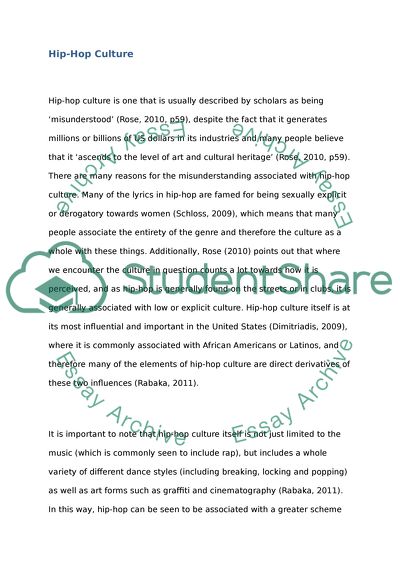Cite this document
(“Dance by Design Essay Example | Topics and Well Written Essays - 2250 words”, n.d.)
Dance by Design Essay Example | Topics and Well Written Essays - 2250 words. Retrieved from https://studentshare.org/visual-arts-film-studies/1469949-dance-by-design
Dance by Design Essay Example | Topics and Well Written Essays - 2250 words. Retrieved from https://studentshare.org/visual-arts-film-studies/1469949-dance-by-design
(Dance by Design Essay Example | Topics and Well Written Essays - 2250 Words)
Dance by Design Essay Example | Topics and Well Written Essays - 2250 Words. https://studentshare.org/visual-arts-film-studies/1469949-dance-by-design.
Dance by Design Essay Example | Topics and Well Written Essays - 2250 Words. https://studentshare.org/visual-arts-film-studies/1469949-dance-by-design.
“Dance by Design Essay Example | Topics and Well Written Essays - 2250 Words”, n.d. https://studentshare.org/visual-arts-film-studies/1469949-dance-by-design.


